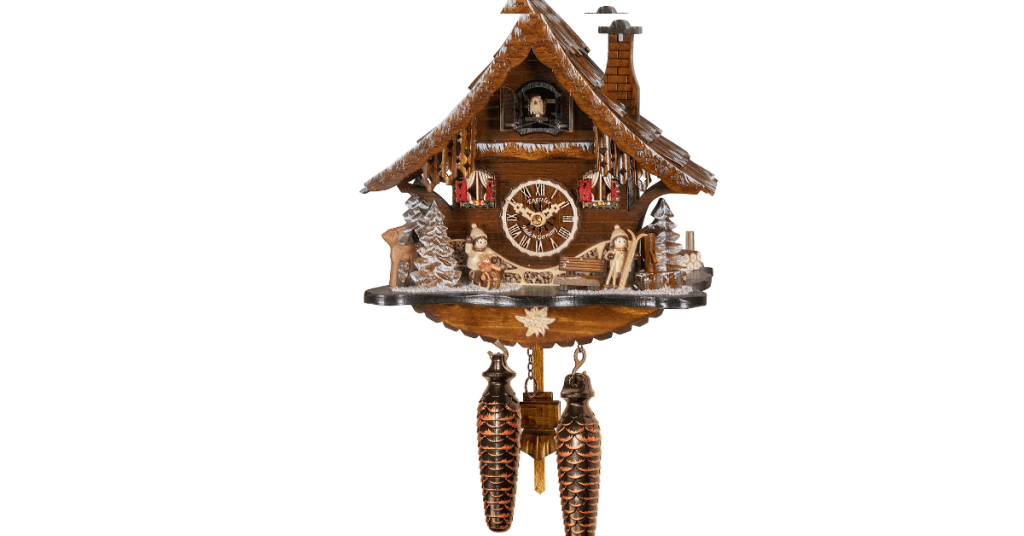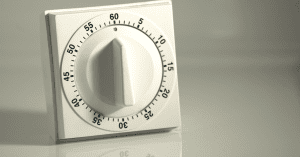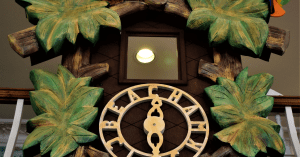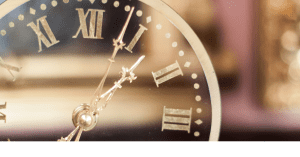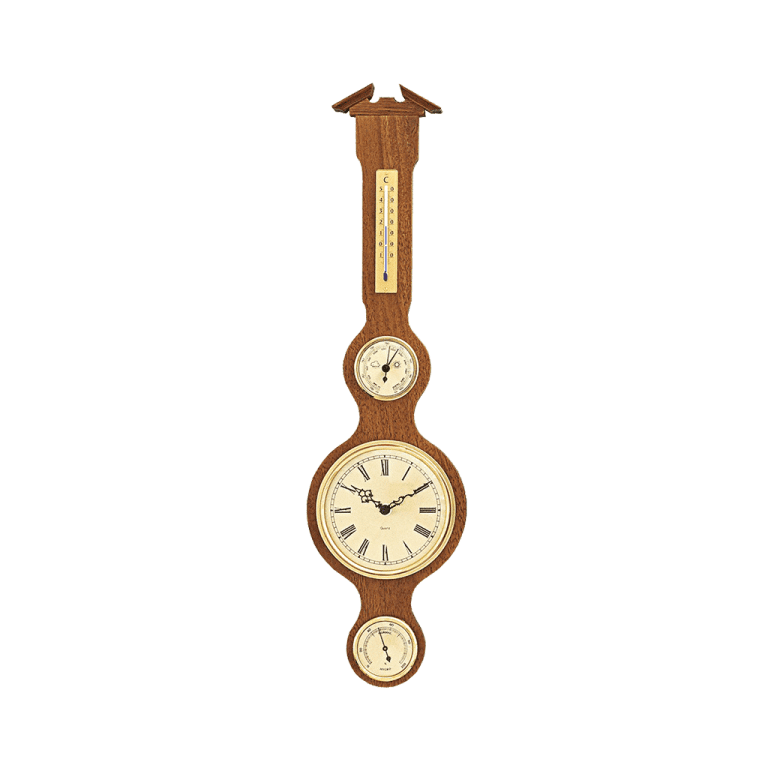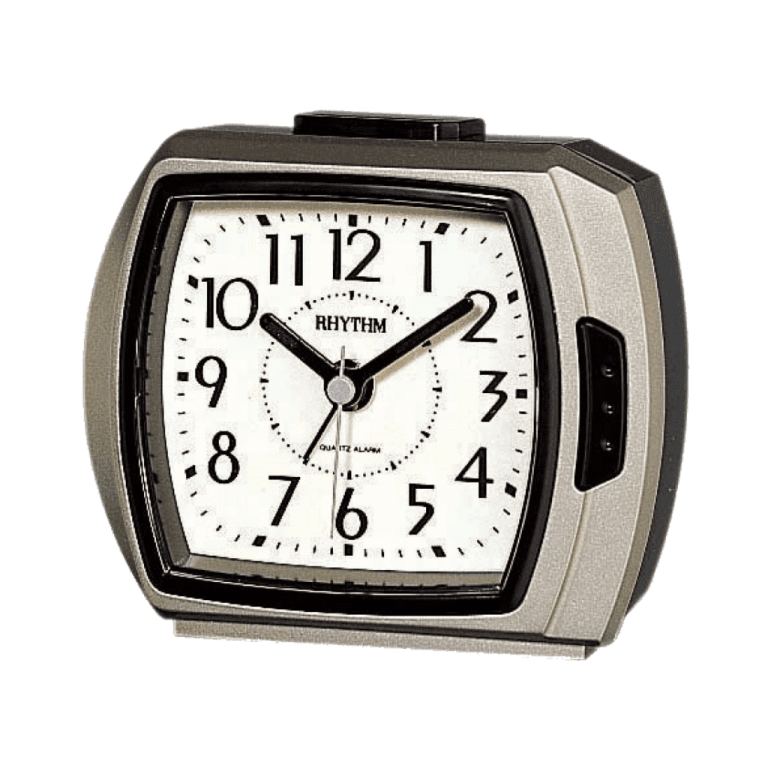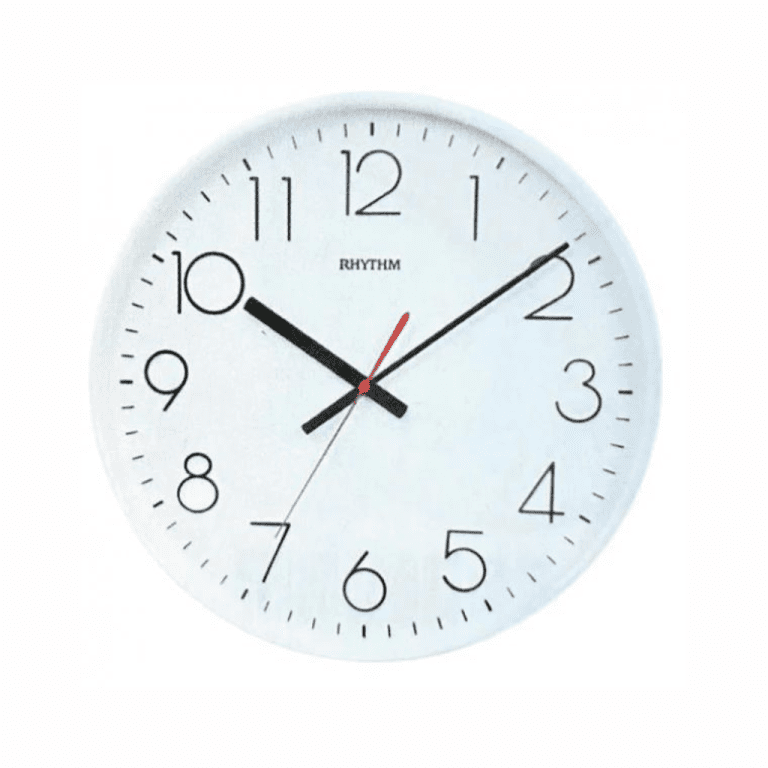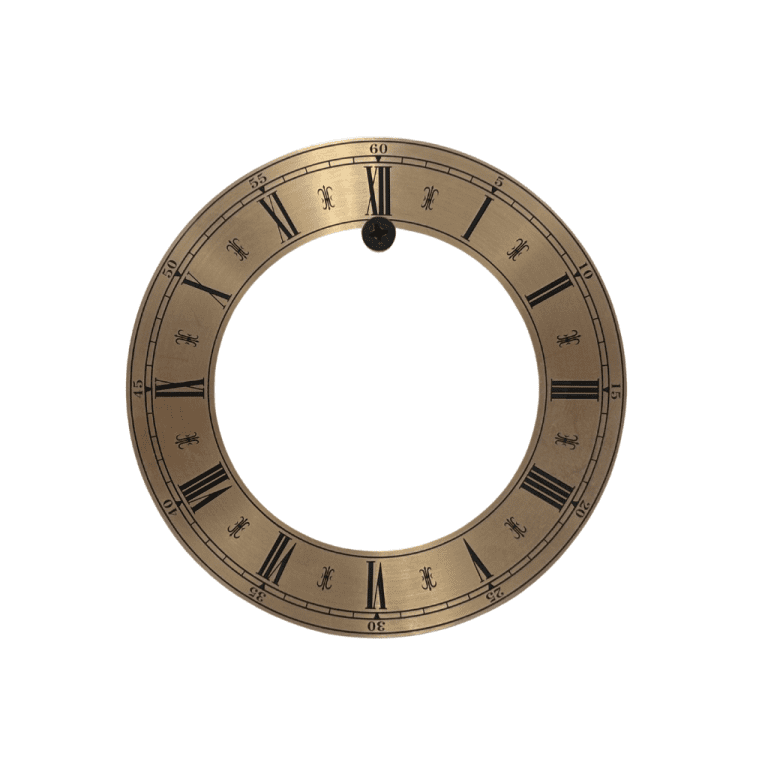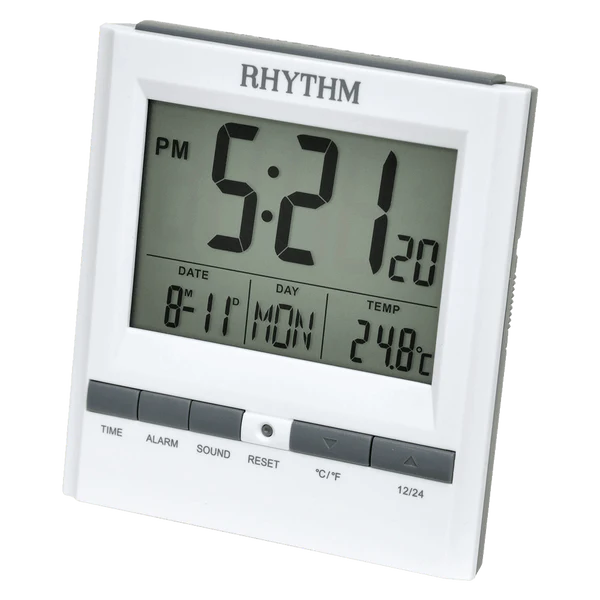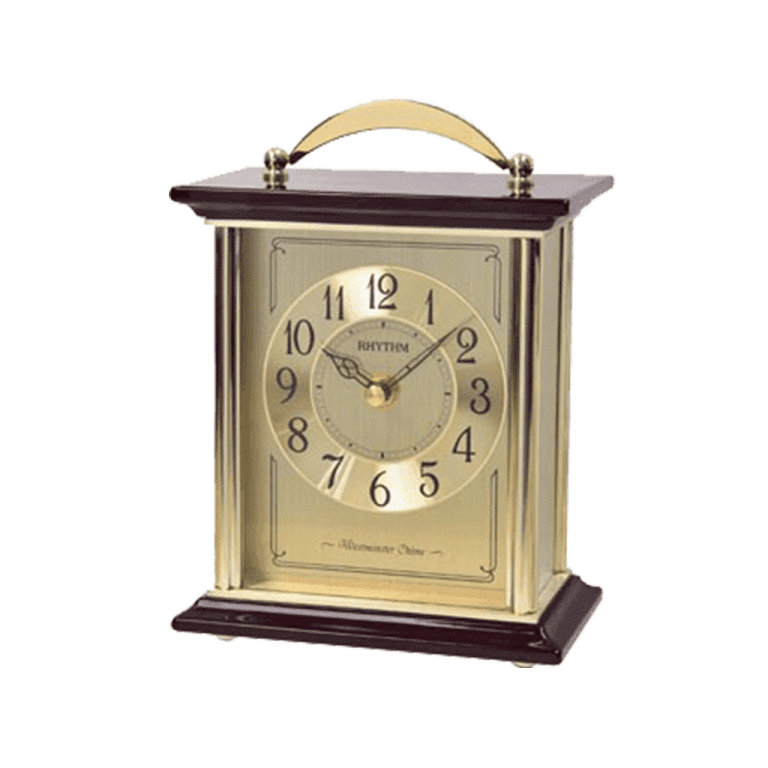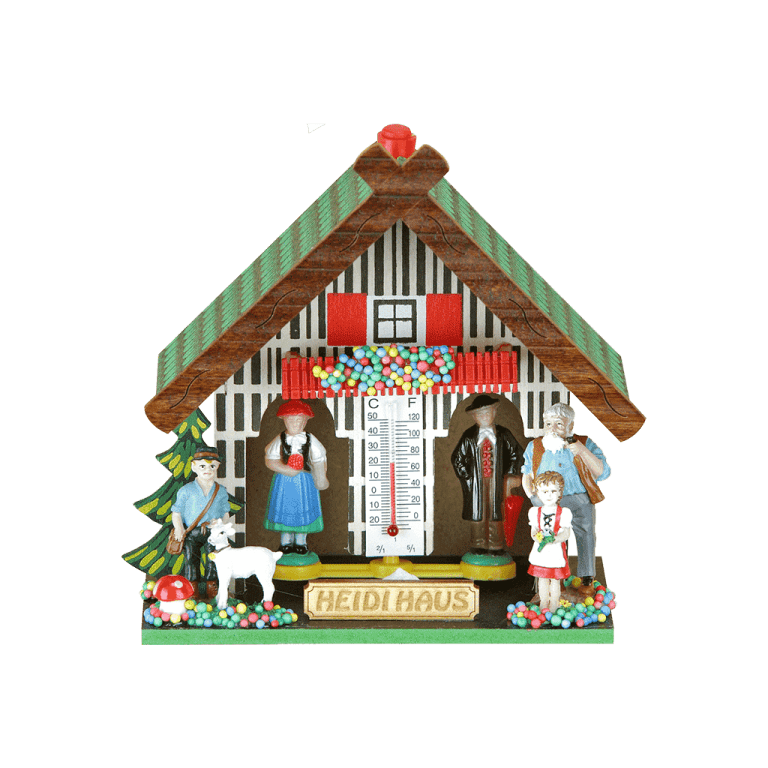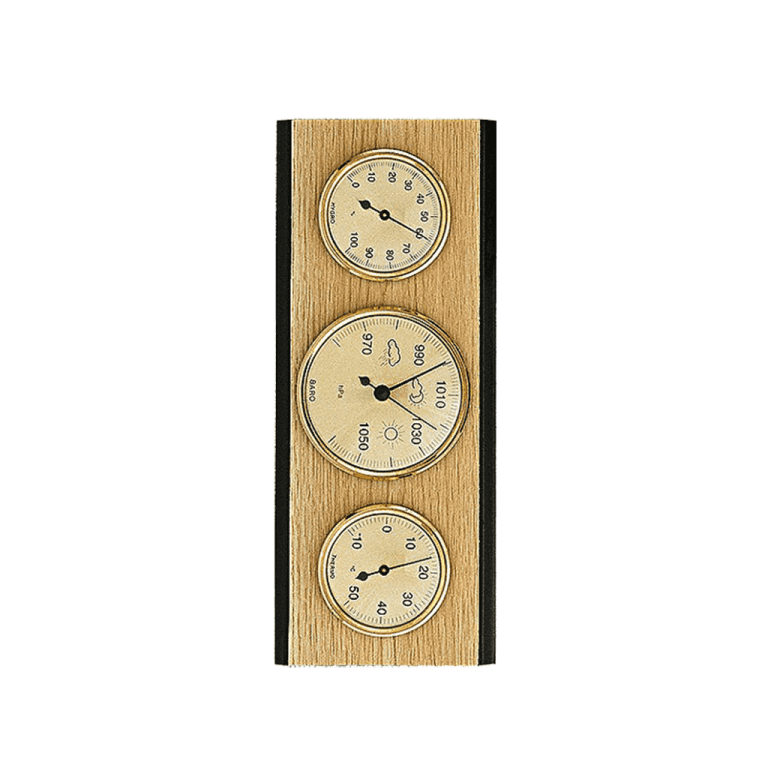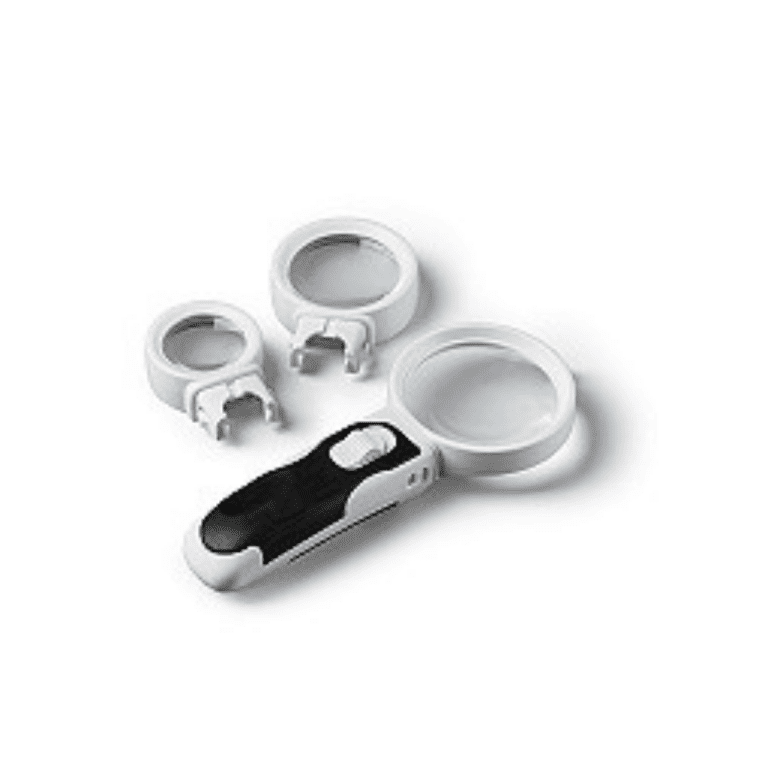The cuckoo clock is one of the most charming and creative timepieces ever invented. Originating in the Black Forest region of Germany in the 18th century, cuckoo clocks are not only functional but also delightful works of art. What sets them apart is the way they combine intricate craftsmanship, mechanical ingenuity, and whimsical storytelling.
At the heart of every cuckoo clock is the small mechanical bird that pops out on the hour, chirping the time with a cheerful “cuckoo!” This playful feature gives the clock its name and has enchanted people of all ages for generations. The design of the cuckoo mechanism is a creative marvel—tiny bellows, pipes, and gears work together in perfect harmony to bring the bird to life.
What makes cuckoo clocks especially creative is the variety of designs they come in. Traditional versions often feature hand-carved wooden elements such as pine trees, animals, and forest cottages, all reflecting life in the Bavarian countryside. More elaborate clocks might include moving figurines of dancers, woodcutters, or animals that spring into action with every chime. Each piece is a miniature stage, telling a unique story every hour.
Modern cuckoo clocks have pushed creativity even further. Some feature bold colors, minimalist designs, or themes like cities, holidays, or nature scenes. Others include music, night shut-off sensors, or battery-operated movements that require no winding. Designers continue to reinvent the cuckoo clock, blending traditional charm with contemporary aesthetics.
Beyond their appearance, cuckoo clocks inspire joy, curiosity, and nostalgia. They are often conversation starters, family heirlooms, and treasured décor pieces that reflect both personal taste and cultural history.
In essence, the cuckoo clock is a celebration of creativity—where timekeeping meets imagination. With each chirp and tick, it reminds us that telling time can be not just practical, but magical too.

